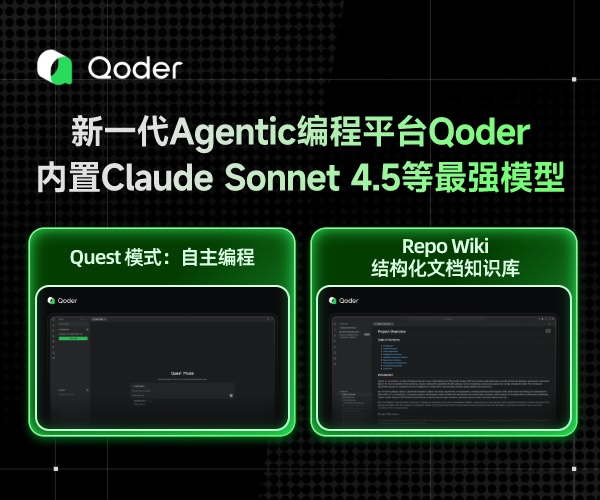pragma指令
#pragma指令對每個編譯器給出了一個方法,在保持與c,c++語言完全兼容的情況下,
給出主機或操作系統(tǒng)專有的特征。依據(jù)定義,編譯指示是機器或操作系統(tǒng)專有的,且
對每個編譯器都是不同的。
#pragma#pragma是語言符號字符串。它是給出特有編譯器指令和參量的字符序列。在
pragma后,可以編寫翻譯器作為預(yù)處理語言符號分析的任何文本。#pragma從屬于宏擴展。
#pragma后跟不同的編譯指令可實現(xiàn)不同的功能。這里列出它的幾個用法:
1.#pragma comment(comment-type,[string])可將一個注視記錄放入一個對象文件或可執(zhí)
行文件中。
2.#pragma init_seg({complier/lib/user/ "section-name "[, "func-name]]})
該指令制定一個影響啟動代碼實行順序的關(guān)鍵字或代碼段。
3.#pragma pointers_to_members
該指令制定一個類成員的指針能否在其相關(guān)定義之前被說明,且用于控制該指針尺寸和
解釋該指針需要的代碼。
4..#pragma pack([n)]
該指令制定結(jié)構(gòu)和聯(lián)合成員的緊湊對齊。
#pragma TRAP_PROC
interrupt void isrTIM1(void)
{
// 17KHz 59us 加檔肺 牢磐反飄
zTimer_++;
COP_REFRESH; // {asm sta aCOPCTL;}
TIM1_FLAG_CLEAR; // READ_REG(aT1SC) // TOF1 甫 Clear
}
Pragma是什么?
Pragma是什么?
翻譯:SkyJacker
后附英文原文。
(譯者注:
一句話,pragma就是為了讓編譯器編譯出的C或C++程序與機器硬件和操作系統(tǒng)保持完全兼容而定義的宏擴展,
#pragma是和特定編譯器相關(guān)的。)
兩部分:
1.Pragma說明;
2.Pragma的語法。
一、Pragma說明(Directives)
C和C++程序的每次執(zhí)行都支持其所在的主機或操作系統(tǒng)所具有的一些獨特的特點。
一些程序,例如,需要精確控制數(shù)據(jù)存放的內(nèi)存區(qū)域或控制某個函數(shù)接收的參數(shù)。
#pragma指示為編譯器提供了一種在不同機器和操作系統(tǒng)上編譯以保持C和C++完全兼容的方法。?
Pragmas是由機器和相關(guān)的操作系統(tǒng)定義的,通常對每個編譯器來說是不同的。
二、語法(Syntax)
#pragma token-string(特征字符串)
特征字符串是一連串的字符,就是要給一個特定編譯器提供說明和編譯意見。
符號(#)必須是pragma所在那一行的第一個非空格字符;
#號和pragma之間可以有任意個空格符。
在#pragma之后,是可以被編譯器解析的預(yù)處理特征字符。
一般認為,#pragma屬于宏擴展。
如果編譯器發(fā)現(xiàn)不認識的pragma,會提出警告,但繼續(xù)編譯下去。
Pragmas可以用在條件聲明上,提供最新的功能性的預(yù)處理程序,或者提供給編譯器定義執(zhí)行的信息。
C和C++編譯器認可如下pragmas:
alloc_text
comment //注釋
init_seg1
optimize //最優(yōu)化
auto_inline
component //組成部件
inline_depth
pack //包
bss_seg
data_seg
inline_recursion //內(nèi)嵌遞歸
pointers_to_members1
check_stack
function
intrinsic //內(nèi)在的
setlocale
code_seg
hdrstop
message
vtordisp1
const_seg
include_alias
once
warning
這是MSDN的一篇文章,原作者曾經(jīng)想使用
#pragma pack(1) // 用GCC在MIPS平臺上將結(jié)構(gòu)體成員結(jié)合到一塊連續(xù)的內(nèi)存塊,但是沒有做到。
在linux環(huán)境下使用intel-based GCC,#pragma pack(1)可以工作。
建議參考具體編譯器的文檔,在里面應(yīng)該有pragma的說明。
---------------------------------------原文-------------------------------------------
Pragma Directives
Each implementation of C and C++ supports some features unique to its host machine or operating system.
Some programs, for instance, need to exercise precise control over the memory areas where data is placed or
to control the way certain functions receive parameters.
The #pragma directives offer a way for each compiler
to offer machine- and operating-system-specific features
while retaining overall compatibility with the C and C++
languages. Pragmas are machine- or operating-system-specific by definition,
and are usually different for every compiler.
Syntax
#pragma token-string
The token-string is a series of characters that gives a specific compiler instruction and arguments,
if any.
The number sign (#) must be the first non-white-space character on the line containing the pragma;
white-space characters can separate the number sign and the word pragma.
Following #pragma, write any text that the translator can parse as preprocessing tokens.
The argument to #pragma is subject to macro expansion.
If the compiler finds a pragma it does not recognize, it issues a warning, but compilation continues.
Pragmas can be used in conditional statements, to provide new preprocessor functionality,
or to provide implementation-defined information to the compiler.
The C and C++ compilers recognize the following pragmas:
alloc_text comment init_seg1 optimize
auto_inline component inline_depth pack
bss_seg data_seg inline_recursion pointers_to_members1
check_stack function intrinsic setlocale
code_seg hdrstop message vtordisp1
const_seg include_alias once warning
This is an article from MSDN, I ever wanted to use
#pragma pack(1) //which can combine structure members to one continuous memory block
on MIPS platform using GCC, but it doesn't work.
See the compiler's document, it should be illustrated there.
Under linux env using intel-based GCC, it works.
posted on 2008-01-21 15:56 浪跡天涯 閱讀(3434) 評論(0) 編輯 收藏 引用 所屬分類: C++


